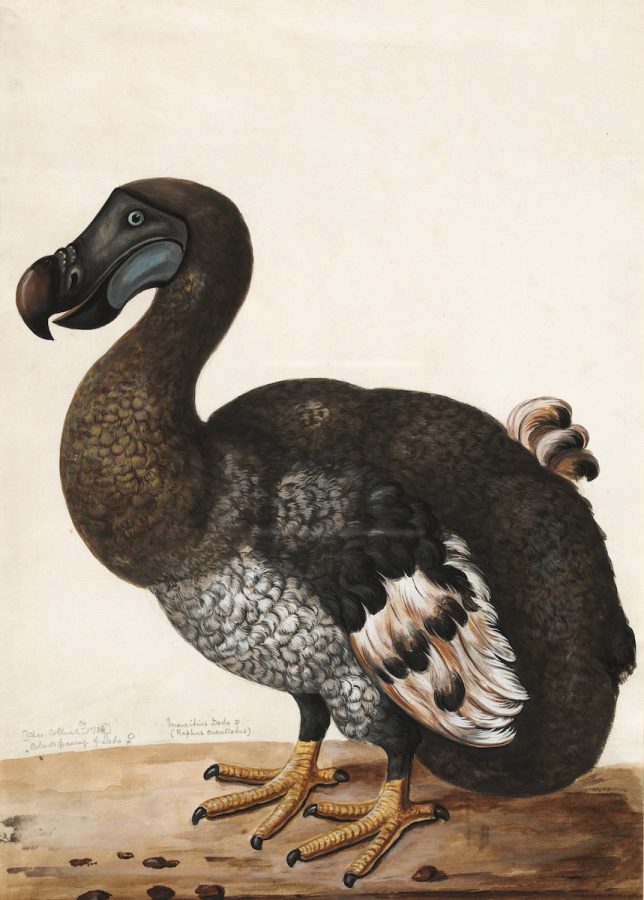How De-Extinction Works
Pros and cons of De-Extinction
How de-extinction works
The key element that you need to recreate a species is its DNA. Unfortunately, DNA slowly degrades, and once it’s gone you can’t get it back.
Step one: Cloning is the only way for humans to make a replica of DNA However, a complete Genome is needed for this, so this form of genetic rescue is most effective with recently-lost species or species that are nearing extinction.
Step two: Genome editing is a way to manipulate DNA to mimic extinct DNA. There are many ways to do this, but in general, the process involves researchers manipulating the genomes of living species to make a new species that closely resembles an extinct one. Because it’s not an exact copy of the extinct species’ DNA, this method will create a hybrid species that only resembles the extinct animal.
Pros of De-Extinction
It would give us access to a lot of new scientific information about extinct animals. Many of the animals that have gone extinct were extinct way before modern science was developed. That means we are left with illustrations and observations from those who were alive at the time. Using the de-extinction process to bring them back from extinction would allow us to gain more insights into how the extinct animals behaved. There are several damaged and threatened ecosystems throughout the world that struggle because of plant or animal extinction. If we follow this process, then the advantage to consider includes restoration. By creating the balance in the biome once again that nature needs, we could see several environmental benefits begin to develop. It could help to reduce or eliminate some of the issues that we are encountering in the world today when there are too many predators or too much prey.
Cons of De-Extinction
One of the primary reasons why animals have gone extinct in modern times is because humans have exploited them for our purposes. If we begin the work of de-extinction, then are we not still exploiting life for purposes that are for ourselves? When an entire species goes extinct, then the diseases that impacted their health disappear from the planet. Going through the process of de-extinction may cause some of the pathogens, bacteria, or viruses to come back with them. If we brought extinct animals back they would live their lives in captivity and they would most likely be tested on for the rest of their lives.
RELATED STORIES:
- w.science.org/content/article/bringing-extinct-species-back-dead-could-hurt-not-help-conservation.
- https://connectusfund.org/13-biggest-pros-and-cons-of-de-extinction
- https://colossal.com/how-de-extinction-works/
- https://www.visualcapitalist.com/explaining-resurrection-biology/#:~:text=The%20key%20element%20that’s%20needed,believed%20to%20be%20completely%20gone











